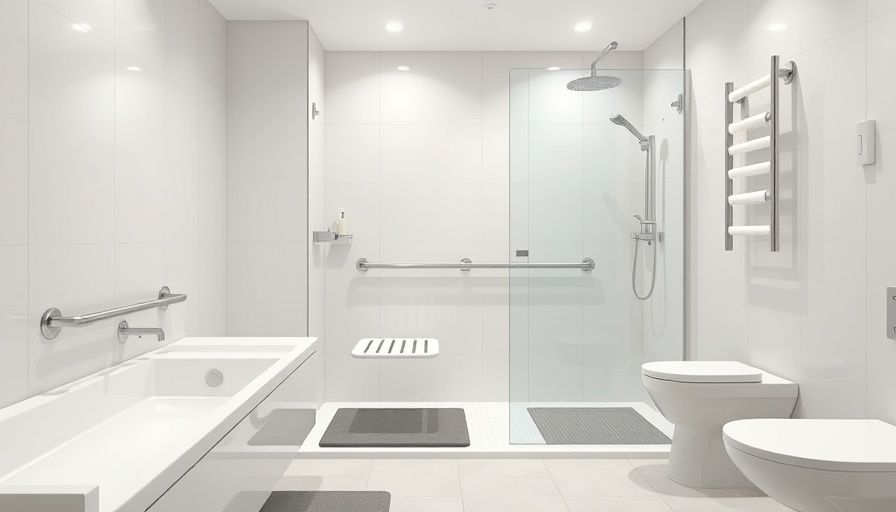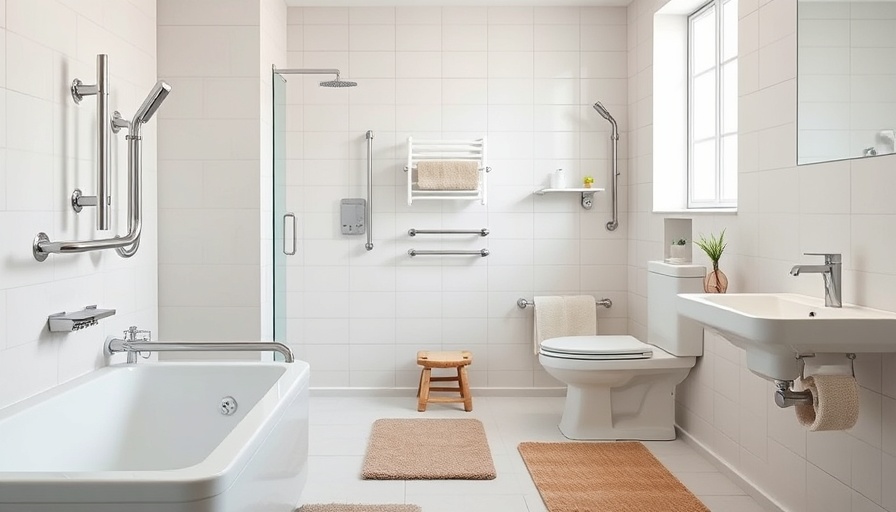
Understanding the Importance of Walk-In Tubs for Seniors
As more seniors choose to age in place, safety in the home has never been more crucial. Walk-in tubs are designed to provide a safe, accessible bathing experience for the elderly, and their importance cannot be overstated. For elderly individuals, the risk of falling in the bathroom is ever-present; in fact, the National Council on Aging reveals that falls are the leading cause of injury among older adults. Walk-in tubs mitigate these risks with features that cater specifically to the mobility challenges many seniors face, promoting independence and comfort.
Key Features to Look for in Walk-In Tubs
When selecting a walk-in tub, it’s vital to assess various features that cater to the specific needs of the user. Height is a primary consideration, as it must accommodate the user’s ability to enter and exit comfortably. The design of the door—whether it swings inward or outward—affects accessibility, particularly for those with limited mobility. Safety features such as grab bars, non-slip surfaces, and integrated seating are essential and should be prioritized. Modern walk-in tubs also offer safety systems like emergency drainage, a critical consideration for any medical emergencies that may arise.
The Power of Hydrotherapy in Daily Routines
A standout benefit of walk-in tubs is their ability to offer hydrotherapy. Warm water has therapeutic properties, alleviating muscle stiffness and promoting relaxation. For seniors suffering from arthritis or chronic pain, the soothing warmth and jets provide targeted relief that can enhance both physical and mental wellness. Caregivers should note the mental health benefits—creating a calming atmosphere can significantly reduce anxiety levels and bolster emotional well-being, which is particularly important in the often stressful role of caregiving.
Installation Insights and Considerations
While the thought of installing a walk-in tub may seem straightforward, it is essential to approach the installation with careful consideration of space requirements and plumbing modifications. Issues like ensuring adequate water pressure and drainage alongside the physical dimensions of the bathtub itself can impact both installation success and functionality. Consulting with professionals experienced in senior living modifications can simplify this process.
The Emotional Connection: What Walk-In Tubs Mean for Caregivers
Understanding the emotional needs of seniors is equally as important as addressing their physical safety. A walk-in tub not only benefits the user but helps relieve some burden from caregivers, who often assist their loved ones during bathing. The autonomy that walk-in tubs offer promotes dignity in self-care routines, allowing caregivers to step back and offer support without directly participating in every aspect of bathing. This balance is crucial for the psychological health of both parties involved.
Common Misconceptions about Walk-In Tubs
There are several myths surrounding walk-in tubs that can deter potential buyers. A common misconception is that these tubs take up significantly more space than traditional bathtubs. In reality, walk-in tubs can be installed in many existing bathroom layouts without requiring extensive renovations. Moreover, some believe that walk-in tubs are unaffordable; however, many options cater to various budgets, offering financial choices that make these safety-enhancing fixtures more accessible.
Take Control of Home Safety Today
Investing in a walk-in tub is an investment in safety, comfort, and independence. For caregivers and seniors alike, these tubs can transform the bathing experience, making it much more manageable and less stressful. To learn more about your options or to consult with professionals who can guide you on the right path, don't hesitate to reach out! Your loved one deserves the best care and comfort within the home, and walk-in tubs are a key ingredient to achieving that goal.
 Add Row
Add Row  Add
Add 




 Add Row
Add Row  Add
Add 

Write A Comment